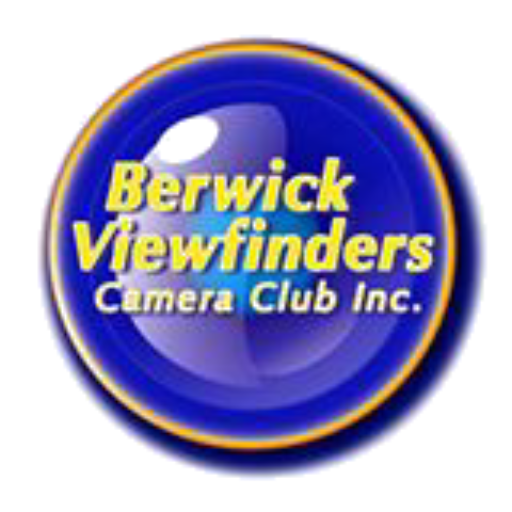Develop_Process_Visualise
Digital Image Manipulation
BVCC Monday April 2 2022 – Talk by Barry Povey
Development – Processing – Visualisation
When does your use of computers for operations on digital files move from Photography to Digital Art?
Development – Processing – Visualisation all describe the operations that you might do on a digital image file from your camera.
I am assuming that they are done to a file that changes the file and not to a RAW file. A RAW file might be used but the final product might be a JPEG or a TIFF or a PSD file.
The software for the manipulation might be Lightroom or Photoshop or a combination of both. There are multitude of programs that can be used for digital manipulation of all types.
Development
Basic operations similar to what would have been done in advanced use of darkroom facilities in analogue or film days.
All these operations maintain the reality of the image when compared with what the photographer saw. I see this as using digital files for Photography.
Changing RAW file to JPEG etc
I see this as using cropping, resizing.
Basic Lightroom tools of:-
While Balance. Temperature and Tint
Tone Tools – Basic panel
Presence tools – Basic panel
Sharpening and noise reduction
Use of a Vignette
Sensor Spot removal
Lens correction
Use of tone curve
Use of Levels
Converting to Black and White
Local dodging and burning – Photoshop
Processing
Operations that generally could not be done in the darkroom.
These add impact or strength to an image and the viewer may still not be aware that these operations have been performed. I see these as transitioning into Digital Art rather than Digital Photography. If any of the following are use I feel it moves to the Processing stage.
Focus Stacking – Photoshop or in camera
Merging files for HDR or Panoramas – Photoshop or in camera
Blending files – Photoshop
Use of Presets
Use of Profiles or LookUpTables (LUTs)
HSL/Colour
In camera operations that require the use of more than one file.
Removal of objects apart from sensor spots.
Addition of objects. eg birds, people
Removal of picture elements – eg rocks, birds, power lines, people
Use of Mask tools in Lightroom
Colour changes to picture elements.
Visualisation
These operations move the final result away from reality and may be considered as creative Digital Art rather than Photography.
They all change the file to what the maker visualises a scene/location/object looks like in their “minds eye”. It is far from reality. Generally, it would be quite obvious, to the viewer, that these changes had been made. Or, it might be to the stage where the viewer senses something is strange/different but cannot pinpoint it. It may so good that the viewer is not aware that it has been done. eg Sky replacement.
Use of:-
Calibration
Colour Grading
HSL
Colour Balance – Photoshop
Channel Mixer – Photoshop
Sky replacements
Gradient Map – Photoshop
Creation of composite files from several source files
360º photographs
Maintaining Credibility in your Photography.
Example: Once a viewer knows that you have used a replacement sky in an image, then any of your photographs that include a sky is under suspicion from then on. Your credibility is lost if you are passing off your images as all your own work.
If you are known to be able to add/remove picture elements with skill then credibility goes out the window from then on if you are passing off images as all your own work.
It gets to the stage where you might need to declare the level of manipulation so that the viewer can put it their thoughts into context.
A good picture.
The inclusion of any of the above manipulations do not stop the final result from being stunning/strong/captivating images that the viewer loves and wants to engage with or buy or hang on a wall. Whether they actually buy it may be influenced by knowledge of the level of manipulation. Some people may only feel comfortable with images that match/reflect reality. Others may engage strongly even when they know it is a visualisation of yours. It would not matter.
The big question is: How much manipulation do you declare to the viewer or to what level do you imply that manipulations of processing and visualisation have not been done. Or, do you ever mention it and leave it up to the viewer to jump to valid or invalid conclusions?
What implications does the above have if you enter competitions? That is another question.
Processing for light rather than colour.
https://www.youtube.com/watch?v=gEmHElQT73o&t=147s
https://www.youtube.com/watch?v=vXXrgQ8JO_A&t=318s
Rough Steps.
In Lightroom
in HSL-saturation, slide all saturation sliders to -100
Go to Basic
Adjust Highlights and Shadows
Adjust Exposure
Add masking as desired to dodge and burn
Return to HSL and increase appropriate colour saturation one by one to desired level.
Return to HSL – Luminance – adjust each colour one by one as desired.

Recent Comments